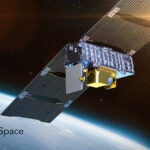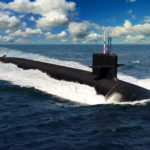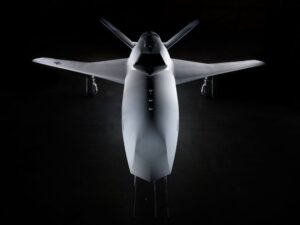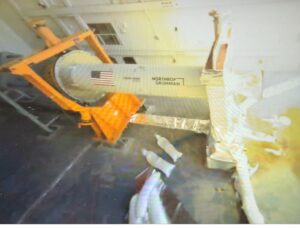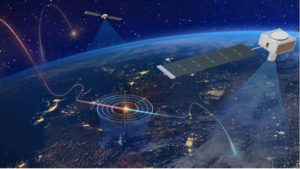
Two Defense Department officials on Monday outlined how the key technologies in hypersonic missile defense differ from traditional ballistic missile defense and how offensive developments can aid defensive work. Hypersonic missile defense "results in different technologies in terms of what you need for ballistic missile defense," Gillian Bussey, Director of the Joint Hypersonics Transition Office (JHTO) at the Office of Under Secretary of Defense, Research and Engineering, said during Center for Strategic and International Studies panel event on Feb. 7. "So…

 By
By 

